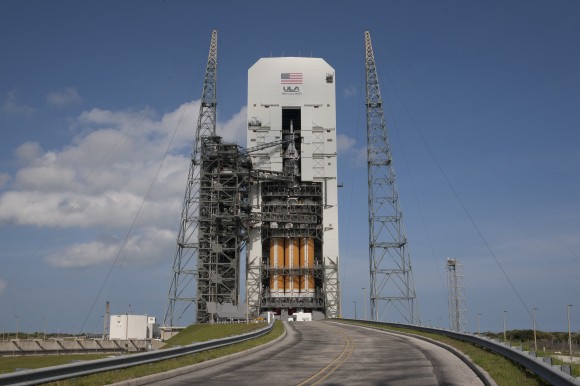
It’s not Science Fiction! It’s Not Star Trek!
No. It’s a really, really big NASA Mission! It’s Orion!
In fact, it’s the biggest and most important development in US Human Spaceflight since the end of the Space Shuttle Program in 2011.
Orion is launching soon on its first flight, the pathfinding Exploration Flight Test-1 (EFT-1) mission and sets NASA on the path to send humans to Mars in the 2030s.
Watch this cool NASA animation beautifully detailing every key step of Orion’s First Launch!
Orion is designed to take humans farther than they’ve ever gone before. Even farther into deep space than NASA’s Apollo moon landing which ended more than four decades ago!
We are T-MINUS 4 Days and Counting to the inaugural blastoff of Orion as of today, Sunday, November 30, 2014.
Every aspect of the final processing steps now in progress by engineers and technicians from NASA, rocket provider United Launch Alliance, and Orion prime contractor Lockheed Martin is proceeding smoothly and marching towards launch.
via Cool NASA Animation Beautifully Details Every Step of Orion’s First Launch!.



